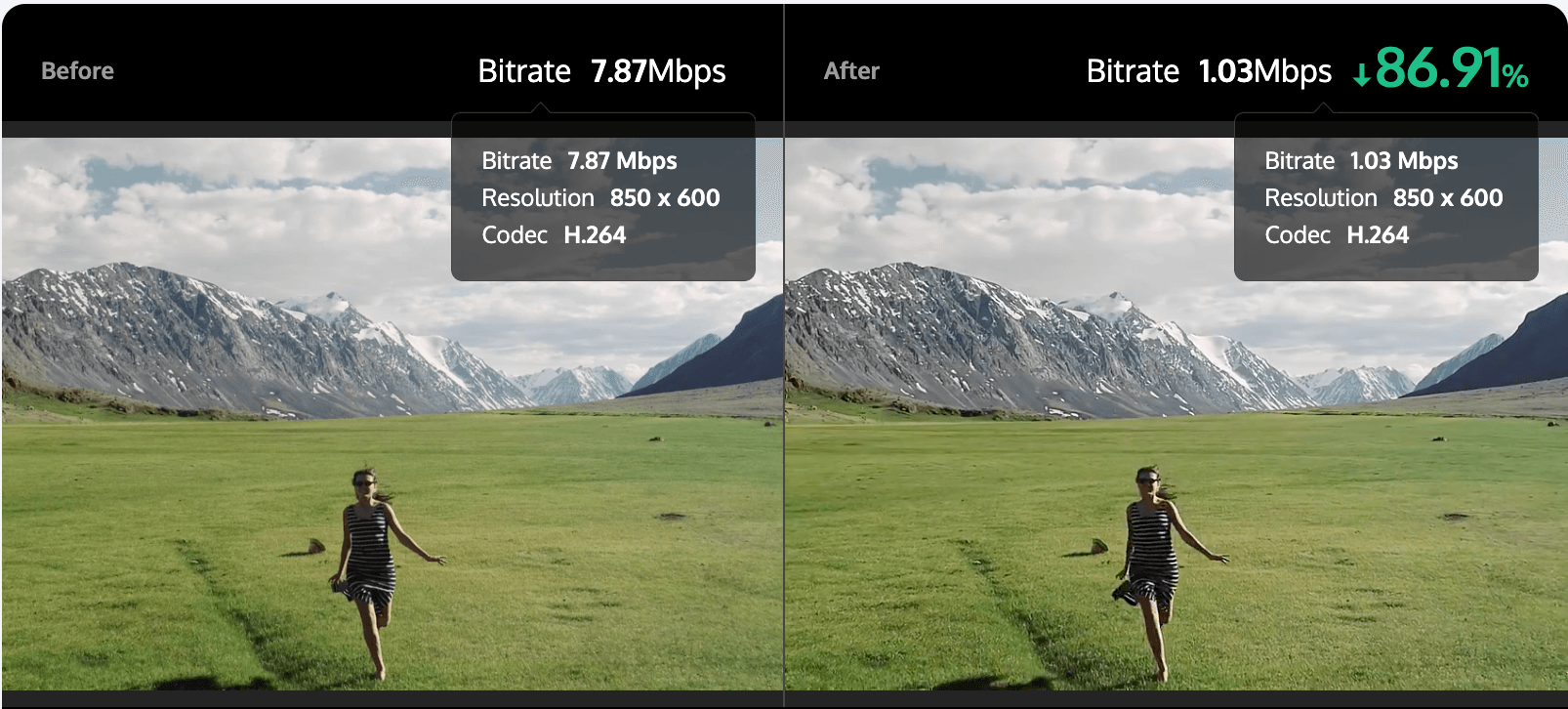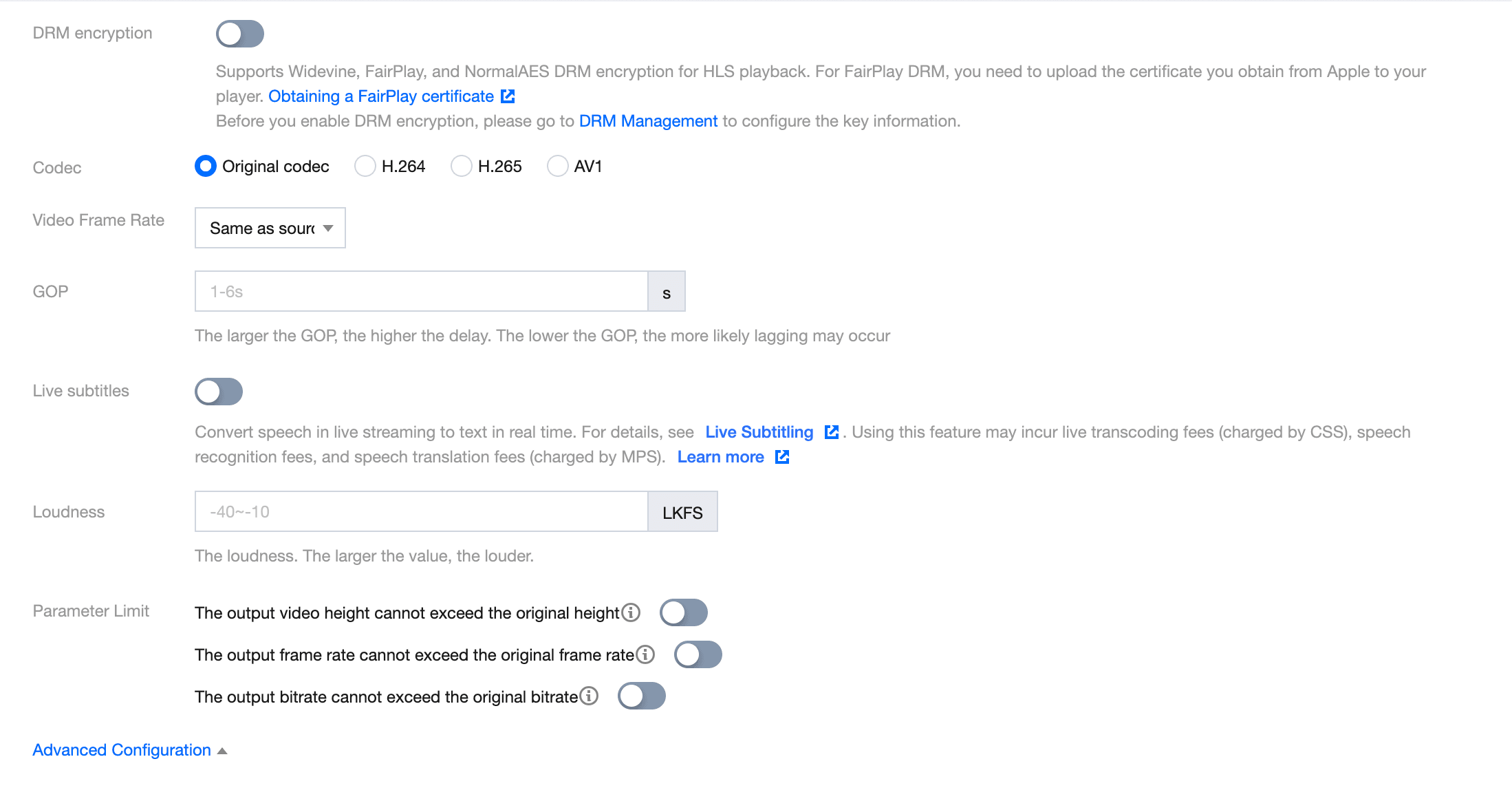What is Remuxing and Its Benefits in Video Processing?
What is Remuxing?
Remuxing, short for "re-multiplexing," is a video processing method that involves taking the contents of one multimedia file (such as an MP4, MKV, or AVI) and rewrapping them into another file format. The process does not alter the original encoding settings or modify the audio, video, or subtitle streams in any way. Instead, it simply transfers these elements from one container format to another.
How Remuxing Works?
When a file undergoes remuxing, the following steps typically occur:
1. Extraction: The audio, video, and subtitle streams are extracted from the original file.
2. Inspection: The streams are checked for any errors or corruption.
3. Repackaging: The streams are then repackaged into a new container format while maintaining their original encoding settings.
4. Output: The remuxed file is saved with a new file extension corresponding to the chosen output format.

Benefits of Remuxing
1. Compatibility: Remuxing allows users to convert files into formats that are compatible with specific devices or media players. For example, converting an MKV file to MP4 can make it playable on iOS devices.
2. File Size Optimization: By choosing a more efficient container format, remuxing can sometimes result in smaller file sizes without compromising video quality. This is particularly useful for saving storage space or making files more suitable for streaming.
3. Quality Preservation: Since remuxing doesn't involve re-encoding, it preserves the original video and audio quality. This is especially important for high-quality video content, where even minor quality losses can be noticeable.
4. Subtitle Support: Remuxing can be used to transfer subtitles from one format to another, ensuring that they remain intact during the conversion process.
5. No Recompression: Unlike transcoding, which involves decoding and re-encoding the video and audio streams, remuxing avoids recompression entirely. This not only saves time but also reduces the risk of introducing artifacts or reducing video quality.
6. Versatility: Remuxing can be applied to a wide range of file formats, making it a versatile tool for video processing tasks. Whether you need to convert a Blu-ray disc to a digital format or simply change the container format of a video file, remuxing has got you covered.
How about Live Remuxing?
Live remuxing is the process of converting the original stream pushed from the live streaming site (commonly using the RTMP protocol) into different container formats in the cloud before pushing to viewers.

Tencent MPS Stream is capable of supporting various output container formats, including RTMP, FLV, HLS, DASH, HDS, and TS streams. Various output types and media encryption schemes are available, including:
Supported output types
Audio-only output: deletes video files and generates audio-only output. The container formats are as described above.
Video-only output: deletes audio files and generates video-only output. The container formats are as described above.
Supported media encryption schemes
FairPlayHLS remuxing supports the Apple FairPlay DRM solution.
WidevineDASH remuxing supports the Google Widevine DRM solution.
Universal AES-128 encryption for HLSHLS remuxing supports universal AES-128 encryption schemes.
Remuxing is a powerful video processing technique that offers numerous advantages over traditional transcoding methods. By preserving the original encoding settings and quality, remuxing ensures that your videos retain their integrity while being converted to different formats. Feel free to Contact Us for more information.

